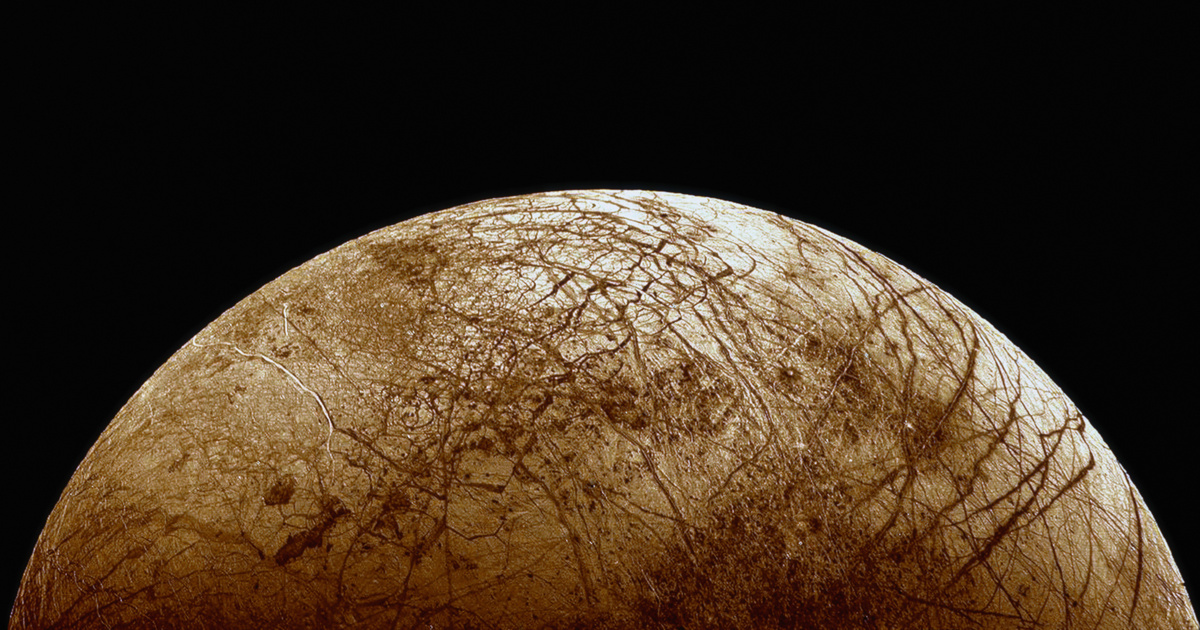NASA's Juno spacecraft will fly by Jupiter's moon Europa in 2022, searching for possible signs of current surface activity, according to NASA. Space.com website.
The spacecraft uses the Stellar Reference Unit (SRU), the stellar camera that helps locate Juno on board. High resolution imageAnother from the surface of Europa while it was illuminated by sunlight coming from Jupiter.
The photo taken by the SRU of the flyby is A JGR Planets It was published in an article published on December 22, 2023 in the magazine. In the photo, the ice surface is arranged in a strange shape, 67 kilometers long and 37 kilometers wide, very similar to a platypus, with its “body” to the north and its “beak” to the south. .
Both areas contain large masses of ice, each about a kilometer in size, and their shadows. Images taken of this formation were compared with images of similar resolution from NASA's previous Galileo spacecraft, which studied Jupiter between 1995 and 2003.
The comparison shows that changes may have occurred in the southern part since Galileo's recordings were made.
According to the researchers, the 2022 image may also include sediments that could be linked to groundwater in Europe. However, NASA's Jet Propulsion Laboratory (JPL) says the evidence is inconclusive, mainly due to differences in the quality of the images and the conditions in which they were taken.
In April 2023, NASA launched JUICE, a spacecraft bound for Jupiter, which will arrive at the planet in December 2031. Europa Clipper will be launched on October 6 of this year with a Falcon Heavy rocket. Space probes can confirm Europa's current surface activity.














































